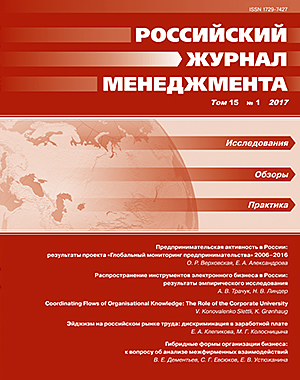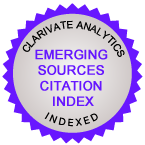Ageism at the Russian Labour Market: Wage Discrimination
DOI:
https://doi.org/10.21638/11701/spbu18.2017.104Abstract
This paper analyses ageism at the Russian labour market, in particular, wage discrimination. We conduct empirical study based on the data from the Russian Longitudinal Monitoring Survey (RLMS HSE), years 2004–2015. We apply econometric methods, using Mincer equations and Oaxaca-Blinder decomposition. The results confirm wage discrimination for elder workers: for males it starts from 45–54 years and for females from 55–64 years. Our analysis also reveals possibilities to compensate age discrimination by means of specific job tenure and education. The paper concludes with recommendations for employers’ and public policies with regard to an ageing labour force.
Keywords:
ageism, age discrimination, wage discrimination, Mincer equation, Oaxaca–Blinder decomposition
Downloads
References
statistics/publications/catalog/doc_1140097038766
References in Latin Alphabet
Translation of references in Russian into English
statistics/publications/catalog/doc_1140097038766" target="_blank">http://www.gks.ru/wps/wcm/connect/rosstat_main/rosstat/en/statistics/publications/catalog/doc_1140097038766
Downloads
Published
How to Cite
Issue
Section
License
Articles of the Russian Management Journal are open access distributed under the terms of the License Agreement with Saint Petersburg State University, which permits to the authors unrestricted distribution and self-archiving free of charge.





